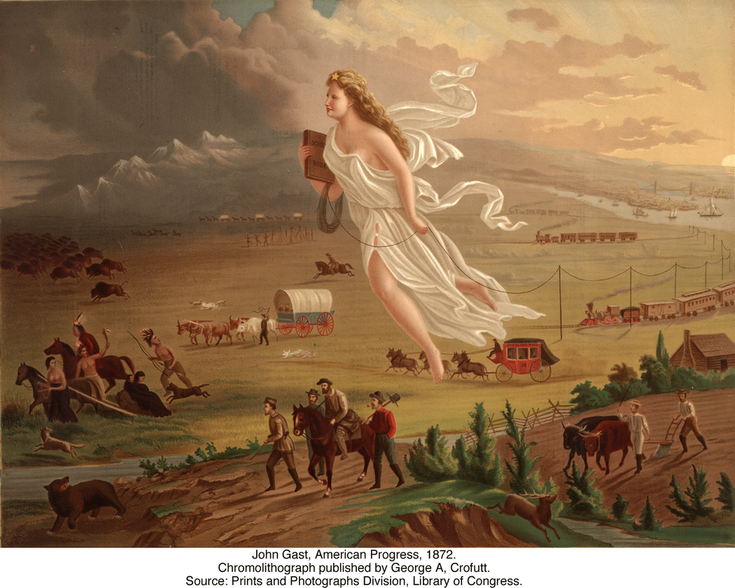Young Pre-'Daily Show' Jon Stewart's Compelling Performance (1997 WH Correspondents Dinner)
- Oct 2024
- May 2024
-
www.linkedin.com www.linkedin.com
-
Alan Clark Agreed...also; learning = change in behaviour, is another widely held belief.
Reply to John Whitfield: I think that one is mostly a semantic issue. In some definitions of learning, learning does equate to a change in behavior. In parenting for example, how is learning measured? If the behavior is changed. Therefore, for parenting, learning is a change in behavior.
I'd argue for many books the same is true, what is the use of a book if the knowledge is only in your head. Application, thus changing one's behavior, is essential for the proper use. Obviously this is not for everything the case, but I am highlighting a few scenarios where it would be accurate to say that learning is a change in behavior.
Nothing is ever black and white, it is quite simplistic to say such things, often there is a lot of nuance going on.
Link for Hypothes.is context: https://www.linkedin.com/feed/update/urn:li:activity:7197621782743252992/?commentUrn=urn:li:comment:(activity:7197621782743252992,7198233333577699328)&dashCommentUrn=urn:li:fsd_comment:(7198233333577699328,urn:li:activity:7197621782743252992)
-
- Apr 2024
-
archive.org archive.org
-
Locke, John. The fundamental constitutions of Carolina, ... 1682, 1682. http://archive.org/details/bim_early-english-books-1641-1700_the-fundamental-constitu_locke-john_1682.
-
-
quod.lib.umich.edu quod.lib.umich.edu
-
Donne, John. A Sermon Vpon the Eighth Verse of the First Chapter of the Acts of the Apostles: Preached to the Honourable Company of the Virginian Plantation, 13. Nouemb. 1622. By Iohn Donne Deane of Saint Pauls, London. 1622. Reprint, London: printed [by Bernard Alsop] for Thomas Iones, 1624. https://quod.lib.umich.edu/e/eebo2/A73849.0001.001?view=toc.
-
-
picturinghistory.gc.cuny.edu picturinghistory.gc.cuny.edu
-
John Gast, American Progress, 1872<br /> https://picturinghistory.gc.cuny.edu/john-gast-american-progress-1872/

-
- Mar 2024
-
-
A NorthCarolina proprietor, John Colleton, observed in Barbados that poor whiteswere called “white slaves” by black slaves; it struck him that the samecontempt for white field hands prevailed in the southern colonies in NorthAmerica.47
-
- Apr 2023
-
-
For many people, “Camelot” is more familiar as a metaphor than as a musical — it depicts a noble effort to create a just society, often associated with the Kennedy administration, because Jacqueline Kennedy, in an interview shortly after President John F. Kennedy’s assassination, mentioned her husband’s fondness for the show, and quoted a final lyric: “Don’t let it be forgot, that once there was a spot, for one brief shining moment, that was known as Camelot.”
The Kennedy administration became culturally associated with Camelot because Jacqueline Kennedy mentioned her husband's affinity for the show in an interview with Theodore H. White for LIFE Magazine following his death and quoted the show's closing lyric: “Don’t let it be forgot, that once there was a spot, for one brief shining moment, that was known as Camelot.”
Somewhat curious that there's T. H. White of The Once and Future King and a separate Theodore H. White who interviewed Jackie Kennedy following her husband's death with mentions of Camelot.
-
- Mar 2022
-
en.wikipedia.org en.wikipedia.org
-
An early example of a timber circle witnessed by Europeans was recorded by watercolor artist John White in July 1585 when he visited the Algonquian village of Secotan in North Carolina. White was the artist-illustrator and mapmaker for the Roanoke Colony expedition sent by Sir Walter Raleigh to begin the first attempts at British colonization of the Americas.[2] White's works represent the sole-surviving visual record of the native inhabitants of the Americas as encountered by England's first colonizers on the Atlantic seaboard.[3] White's watercolor and the writings of the chronicler who accompanied him, Thomas Harriot, describes a great religious festival, possibly the Green Corn ceremony, with participants holding a ceremonial dance at a timber circle. The posts of the circle were carved with faces. Harriot noted that many of the participants had come from surrounding villages and that "every man attyred in the most strange fashion they can devise havinge certayne marks on the backs to declare of what place they bee." and that "Three of the fayrest Virgins" danced around a central post at the center of the timber circle.[4]
Artist, illustrator and mapmaker John White painted a watercolor in July 1585 of a group of Native Americans in the Secotan village in North America. Both he and chronicler Thomas Harriot described a gathering of Indigenous peoples gathered in the Algonquian village as part of Sir Walter Raleigh's Roanoke Colony expedition. They describe a festival with participants holding a dance at a timber circle, the posts of which were carved with with faces.
Harriot wrote that participants had come from surrounding villages and that "every man attyred in the most strange fashion they can devise havinge certayne marks on the backs to declare of what place they bee."

This evidence would generally support some of Lynne Kelly's thesis in Knowledge and Power. A group of neighboring peoples gathering, possibly for the Green Corn Ceremony, ostensibly to strengthen social ties and potentially to strengthen and trade knowledge.
Would we also see others of her list of markers in the area?
Read references: - Daniels, Dennis F. "John White". NCpedia. Retrieved 2017-12-19. - Tucker, Abigal (December 2008). "Sketching the Earliest Views of the New World". Smithsonian Magazine. Retrieved 2017-12-19. - "A Selection of John White's Watercolors : A festive dance". Encyclopedia Virginia. Retrieved 2017-12-19.
-